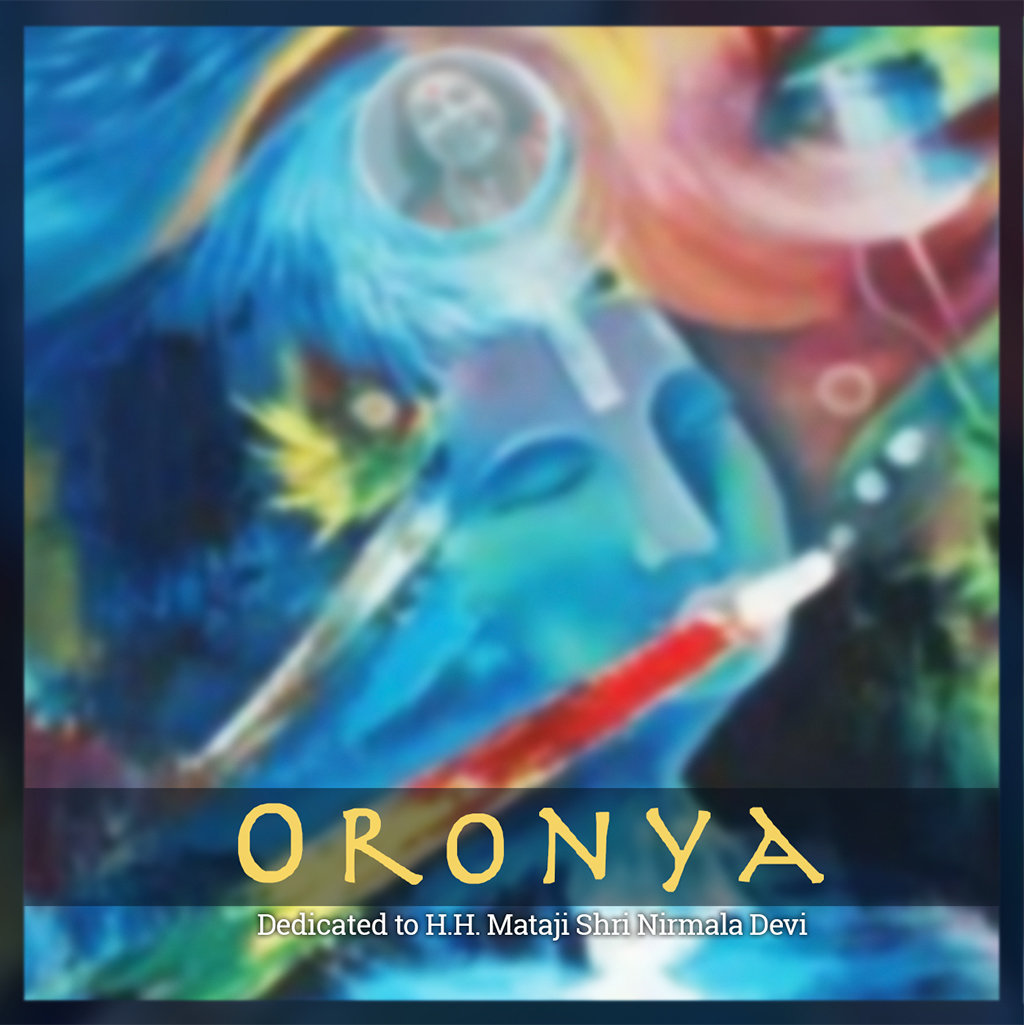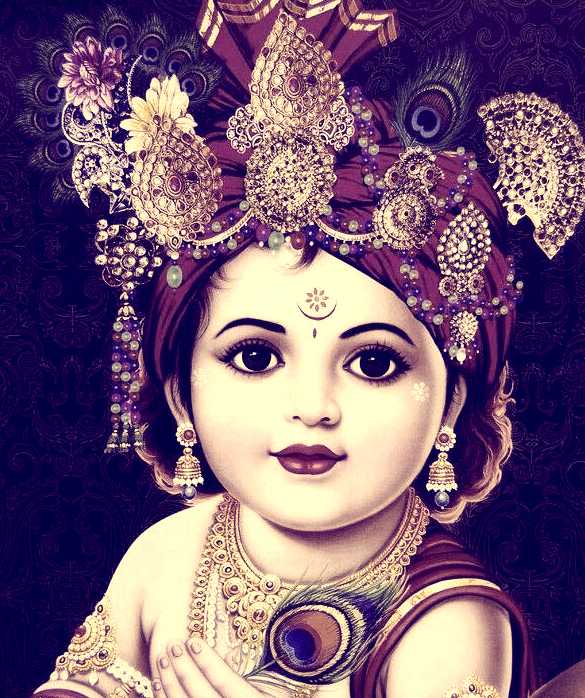


The British Era in India saw the name of "Mahishooru" change to "Mysore" and later Kannadized into " Mysuru". The spot was constructed as the Chamundeshwari Temple in Mysuru, an event that is annually celebrated at Navaratri and Mysuru Dasara. It is believed that goddess Durga (Chamundeshwari) killed Mahishasura on top of the Chamundi Hills. The Buffalo demon Mahishasura, states the regional tradition, had terrified the local population. The popular legend is that Mysore (Mahishooru) gets its name from Mahishasuramardini, a manifestation of goddess Durga. The legend of Mahishasura has also been inspiration to films, plays and dance dramas. The worship of Durga during Durga Puja in Bihar, West Bengal, Jharkhand, Odisha and other eastern states is represented in Pandal which depict Durga killing Mahishasura. Some of the prominent representations are seen at the Mahishasuramardini caves in Mahabalipuram, the Ellora Caves, in the entrance of Rani ki vav Hoysaleswara Temple in Halebidu and many more temples across India. Art ĭurga slaying Mahishasura is a prominent theme which was sculpted in various caves and temples across India. The symbolism is carried in Hindu art found in South Asia and South-East Asia (e.g., Javanese art), where Durga is shown as a serene, calm, collected and graceful symbol of good as she pierces the heart and kills the scared, overwhelmed and outwitted Mahishasura. According to Christopher Fuller, Mahishasura represents the forces of ignorance and chaos hidden by outer appearances. Mahishasura is described as an evil being who can change his outer form, but never his demonic goals. The geography, society, and the living things on earth were all different as compared to the social set up described in other Hindu mythology.

A proper explanation of a manvantara as a unit of time is given in the Vishnu Purana. Therefore this ostensibly dates the Mahishasura story to several billion years ago, as per the narrative of the Markandeya Purana. As per the Markandeya Purana, the story of Mahishasura was narrated in the second Manvantara (approximately 1.3 billion years ago, as per the Vishnu Purana) by Maharishi Medha to a king named Soorut, as an incident which occurred in times ancient for even the 2nd Manvantara. The story of Mahishasura is being told in the chapter where Markandeya is narrating the story of the birth of Savarnika Manu. Mahishasura's legend is told in the major texts of the Shaktism traditions known as the Devi Mahatmya, which is part of Markandeya Purana. Clockwise from top: 9th-century Kashmir, 13th-century Karnataka, 9th century Prambanan Indonesia, 2nd-century Uttar Pradesh. Īrtwork depicting the goddess Durga slaying the buffalo demon Mahishasura is found all over India, Nepal and southeast Asia. According to the Lakshmi Tantra, it is the goddess Lakshmi who slays Mahishasura instantaneously, and extolling her feat is described to offer everlasting supremacy.

Thereafter, she was named Mahishasuramardini, meaning The Killer of Mahishasura. The newborn Durga led a battle against Mahishasura, riding a lion, and killed him. Subjected to defeat, the devas assembled in the mountains where their combined divine energies coalesced into goddess Durga. In the battles between the devas and the demons (asuras), the devas, led by Indra, were defeated by Mahishasura. Mahishasura had gained the boon that no man could kill him. As an asura, Mahishasura waged war against the devas, as the devas and asuras were perpetually in conflict. Mahishasura is a Sanskrit word composed of Mahisha meaning “buffalo” and asura meaning “demon”, translating to “Buffalo Demon”.


 0 kommentar(er)
0 kommentar(er)
